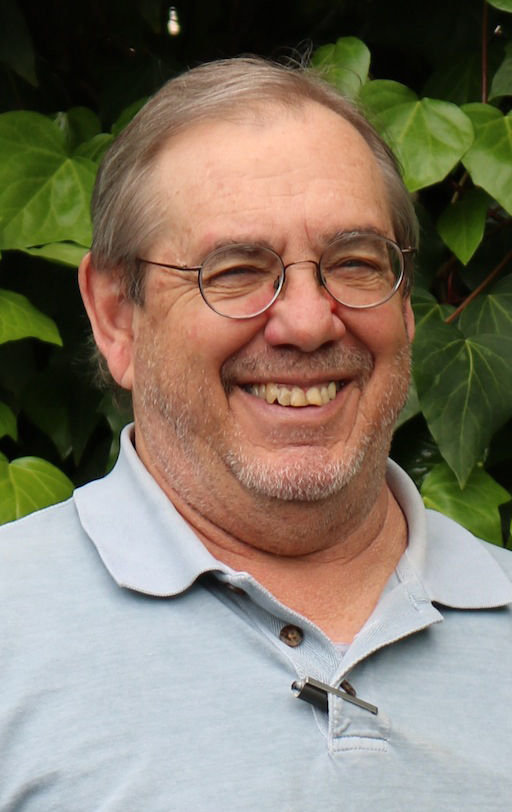There are 500,000 people living in Sonoma County and each of us has our own “sense of place” depending on many things, including when and how we got here. We all tend to think of the place where we live by our first impressions, our early school years or first homes, first jobs or first dates. We think of physical landmarks that by now may only exist in our personal memories.
Most of us have seen many changes to our towns, landscapes and the evolutions of local industries, our wine country, changing crossroads and a parade of memorable names such as Burbank, Dutton, Doyle, Trowbridge, Trione, Kortum, Parrish, Snoopy and Clo the Cow, to name but a very few.
If we were born here long enough ago, we might still think of Sebastopol with a daily train running down Main Street or a town with a department store (Carlson’s) where a budget-minded family could be clothed.
Prior to 1992, hundreds of semi-trailer trucks headed north or south through the great Redwood Empire and would rumble through the middle of Cloverdale, many stopping for a meal or coffee at the Owl Café. (Caltrans and city officials dedicated the new Highway 101 bypass 28 years ago.)
Until about that same time, the community of Windsor was only a small cluster of buildings near the NWPR rail crossing at Windsor River Road (think Pohley’s Market) and a Raley’s Shopping Center at the entrance to Lakewood Village, with not much in between except a Highway 101 overpass. If you grew up in Windsor before 1992 you went to high school in Healdsburg. (Windsor High School opened in 1995.) Maybe Windsor didn’t have its own high school back then, but thousands of kids crowded the Windsor Waterworks, with its towering flume slide and pools. A day pass cost $8.
The Russian River Wine Road was founded in 1976 with nine member-wineries. Today Wine Road counts more than 200 winery members. Those who arrived here around that time might remember the spring Prune Blossom Tours better than a wine road. Self-declared Healdsburg old-timers claim they can remember the day the first traffic stoplight was erected. Trowbridge Canoes rented aluminum canoes near Memorial Bridge where Soar Inflatables now operates.
When Oakville Grocery at Center and Matheson streets was still the city hall building, it is rumored all the important municipal business was conducted a block away in the back room of The Office, a popular bar with peanut snacks and a few sandwiches. Down the street was The Iceberg Café, a name that doesn’t evoke much wine country charm, does it?
Sebastopol had great restaurant names through the years. There was the Dapper Snapper, Zorbino’s, West of the Laguna and Pierre Laguorgue’s Chez Peyo. For almost four decades Forestville was the location of the sister-run L’Omelette. Guerneville had Otto’s Bakery and Garbo’s for nightly entertainment. Memories of Monte Rio’s Pink Elephant bar may often be accompanied with memories of historic hangovers, too. You could smoke tobacco inside Sebastopol’s Uncle Sam’s live music venue, but you had to take your marijuana out back. Uncle Sam’s was located just down the hill on Bodega Highway from Marty’s Top of the Hill.
For all these small towns that we swear almost never change except around the edges, it seems like there’s been some total makeovers in many places. Remember the tree-shaded wooden building of the Molino market at Occidental Road and Highway 116, now home to an acre of asphalt surrounding a gas station with a very busy set of stop lights and signals? Healdsburg’s roundabout? Cloverdale’s south entrance or Windsor’s pending new civic center?
It is now being theorized that post-COVID-19 recovery may include a wave of business closures, changed consumer patterns and possible loss of historical buildings. To think, a virus could change our “sense of place,” too.








